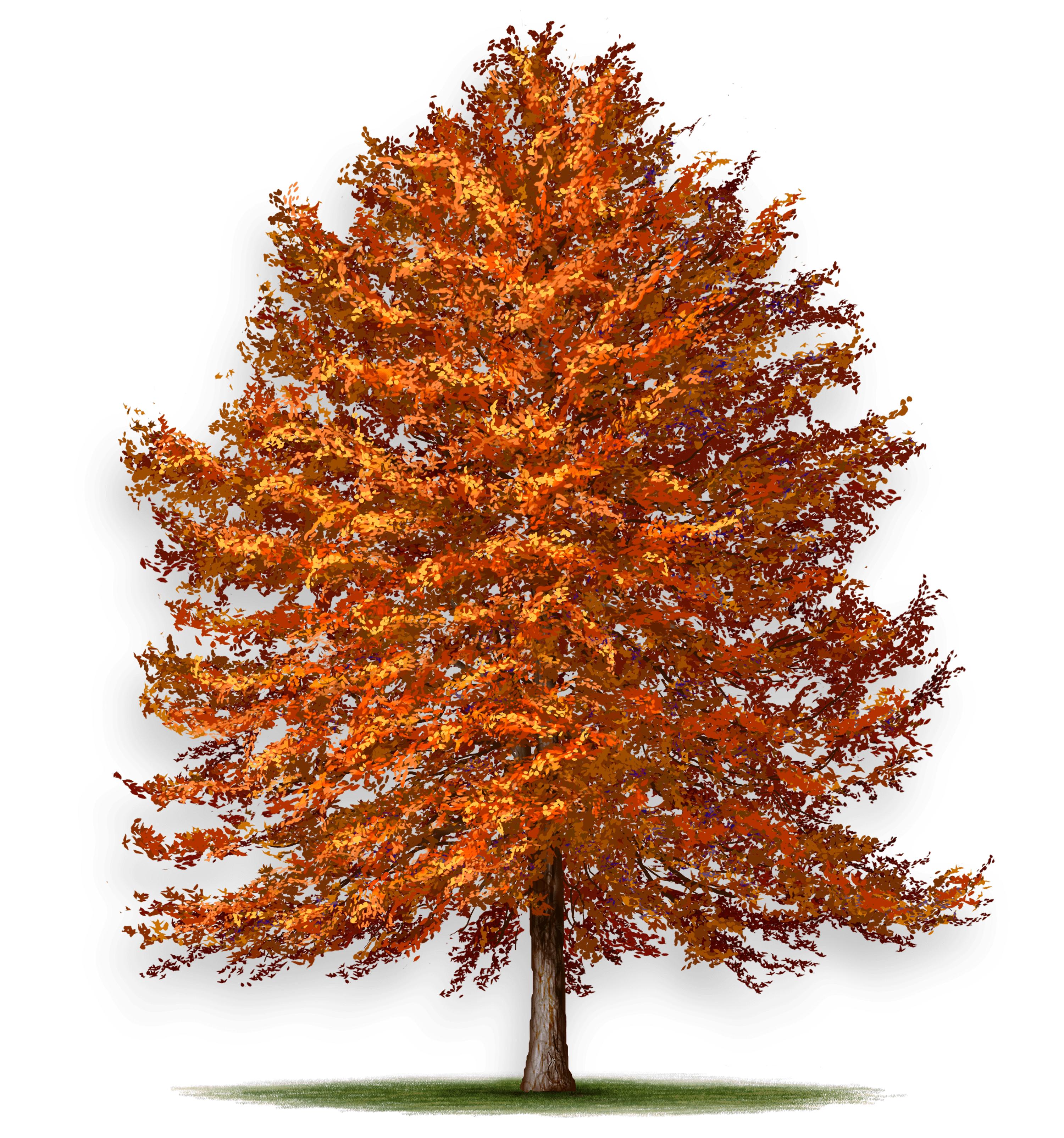Black Tupelo Tree

The Black Tupelo tree, also known as Nyssa sylvatica, is a deciduous tree native to eastern North America. It is a member of the Nyssaceae family and is known for its distinctive black bark and vibrant fall colors. The Black Tupelo is a medium to large-sized tree, typically growing between 30 to 50 feet in height, with a spread of around 20 to 30 feet. It has a straight trunk and a rounded crown, with dark green, glossy leaves that are 4 to 8 inches long and 2 to 4 inches wide.
The Black Tupelo tree is a valuable species for both its ecological and economic importance. It provides food and habitat for a variety of wildlife, including birds, squirrels, and insects. The tree's fruit, a small, blue-black drupe, is an important food source for many animals. In addition, the Black Tupelo is a popular choice for landscaping and ornamental purposes, due to its attractive bark, vibrant fall colors, and ability to thrive in a variety of environments.
Key Points
- The Black Tupelo tree is a deciduous tree native to eastern North America.
- It is known for its distinctive black bark and vibrant fall colors.
- The tree provides food and habitat for a variety of wildlife.
- It is a popular choice for landscaping and ornamental purposes.
- The Black Tupelo can thrive in a variety of environments, including wetlands and upland areas.
Habitat and Distribution

The Black Tupelo tree is found in a variety of habitats, including wetlands, floodplains, and upland areas. It is native to eastern North America, ranging from Canada to Florida, and west to Texas and Illinois. The tree prefers well-drained acidic soils and full sun to partial shade. It is often found growing in association with other tree species, such as oak, pine, and cypress.
Growth and Development
The Black Tupelo tree is a slow to medium-growing tree, with an average growth rate of 1 to 2 feet per year. It can take 10 to 20 years for the tree to reach maturity, at which point it can produce fruit and provide habitat for wildlife. The tree’s growth is influenced by a variety of factors, including soil quality, moisture, and sunlight. In ideal conditions, the Black Tupelo can live for 300 to 400 years, making it a long-lived species.
| Characteristic | Description |
|---|---|
| Height | 30 to 50 feet |
| Spread | 20 to 30 feet |
| Bark | Dark gray to black, smooth |
| Leaves | Dark green, glossy, 4 to 8 inches long |
| Fruit | Small, blue-black drupe |

Ecological Importance

The Black Tupelo tree plays a critical role in maintaining the balance of ecosystems in eastern North America. It provides food and habitat for a variety of wildlife, including birds, squirrels, and insects. The tree’s fruit is an important food source for many animals, and its leaves and branches provide shelter and nesting sites. In addition, the Black Tupelo helps to maintain soil quality and prevent erosion, making it a valuable species for maintaining ecosystem health.
Conservation Status
The Black Tupelo tree is listed as a species of least concern on the IUCN Red List, due to its widespread distribution and relatively stable population. However, the tree is threatened by a variety of factors, including habitat loss, climate change, and disease. Efforts are being made to conserve and protect the Black Tupelo, including the establishment of protected areas and the promotion of sustainable forestry practices.
What is the average lifespan of a Black Tupelo tree?
+The average lifespan of a Black Tupelo tree is 300 to 400 years, making it a long-lived species.
What are the soil requirements for a Black Tupelo tree?
+The Black Tupelo tree prefers well-drained acidic soils with a pH between 6.0 and 6.5.
Can Black Tupelo trees be used for landscaping and ornamental purposes?
+Yes, the Black Tupelo tree is a popular choice for landscaping and ornamental purposes, due to its attractive bark, vibrant fall colors, and ability to thrive in a variety of environments.
In conclusion, the Black Tupelo tree is a valuable species that plays a critical role in maintaining the balance of ecosystems in eastern North America. Its ecological and economic importance make it a popular choice for landscaping and ornamental purposes, and efforts are being made to conserve and protect the species. By understanding the characteristics, growth, and development of the Black Tupelo tree, we can better appreciate its value and work to ensure its continued health and survival.



